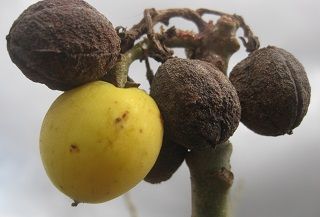The Future of Biofuels

Here he writes:
There’s a gigantic disconnect between two sections in the country as to whether the United States should be celebrating the success or the failure of cellulosic biofuels — biofuels made from crop residues, energy crops, and other feedstocks including municipal solid waste (MSW).
I’m not sure what to make of this. If cellulosic ethanol is a success, let’s celebrate. If it’s a failure, let’s put it to bed. And I think the latter is the case here. Jim, an extremely talented guy, needs to update his resume and move on, and I need to quit writing about the subject.
Obviously, in the short term, we need to take advantage of the great streams of waste, and MSW is one of them. If you have a location where MSW is a huge problem, and the cost of energy is relatively high, that’s going to work. This is the case for many of the large cities in the developing world. Cities in the developed world have the problem too, but can afford to ship to somewhere else; garbage in New York City winds up on a train to Kentucky or Ohio, which itself is a horrific solution environmentally. A couple of our renewable energy investment opportunities are attempts to capitalize on this precise arena.
Another valid opportunity in waste-to-energy resides in waste-tire. In the U.S. alone, we find ourselves in the possession of 300 million old tires per year. I have a client that is in the final stages of building a waste-tire pyrolysis plant in the Midwest, and a mini-database of approximately 25 people who can’t wait for the project to be operational, at which time they’ll be all sorts of offers to invest cash, license technology, help them aggregate a larger stream of tires, you name it.
Now think of the 7.6 billion chickens in the U.S. alone, whose high-energy excrement (much of which is currently running into our lakes) can be processed, solving an ecological malady and generating energy at the same time.
Outside of waste-to-energy, however, where we’re solving more than one problem, I really don’t see it. Evidence suggests that no solution exists to a scalable and cost-effective way to cultivate enormous areas of some terrestrial plant species (like Jathropha, pictured above) with all the energy, environmental, and financial costs of planting, irrigating, fertilizing, harvesting, processing, and distributing the liquid fuel. Note Chevron’s statement to this effect, made just last week.
I believe Jim needs to move on to greener pastures, and I need to join him.
